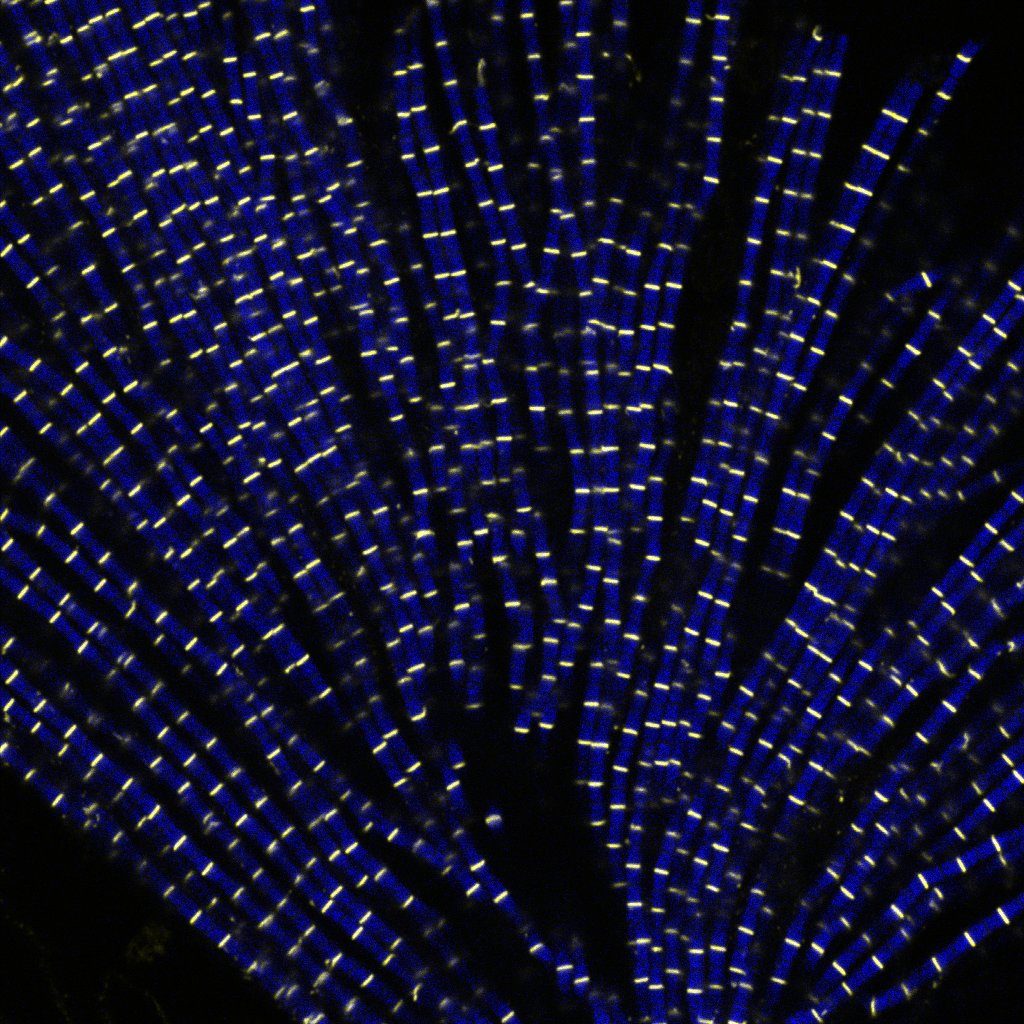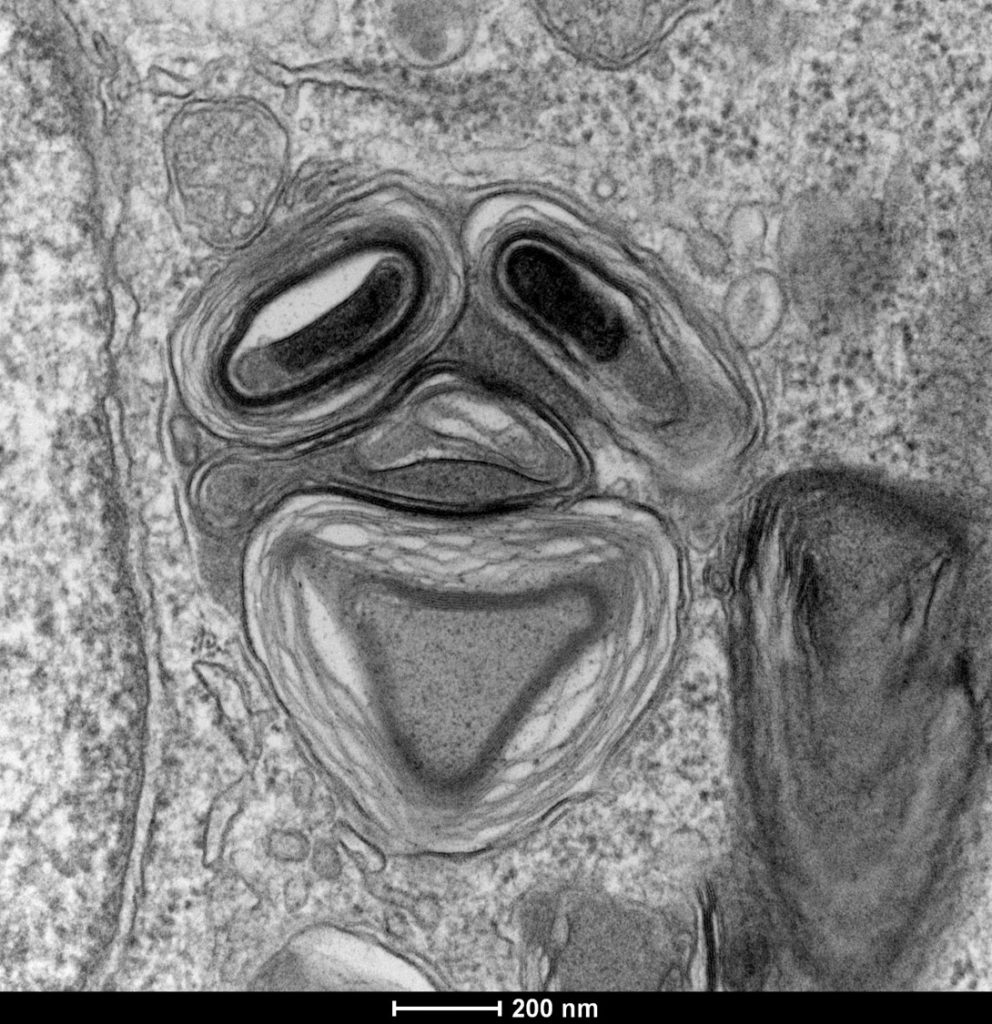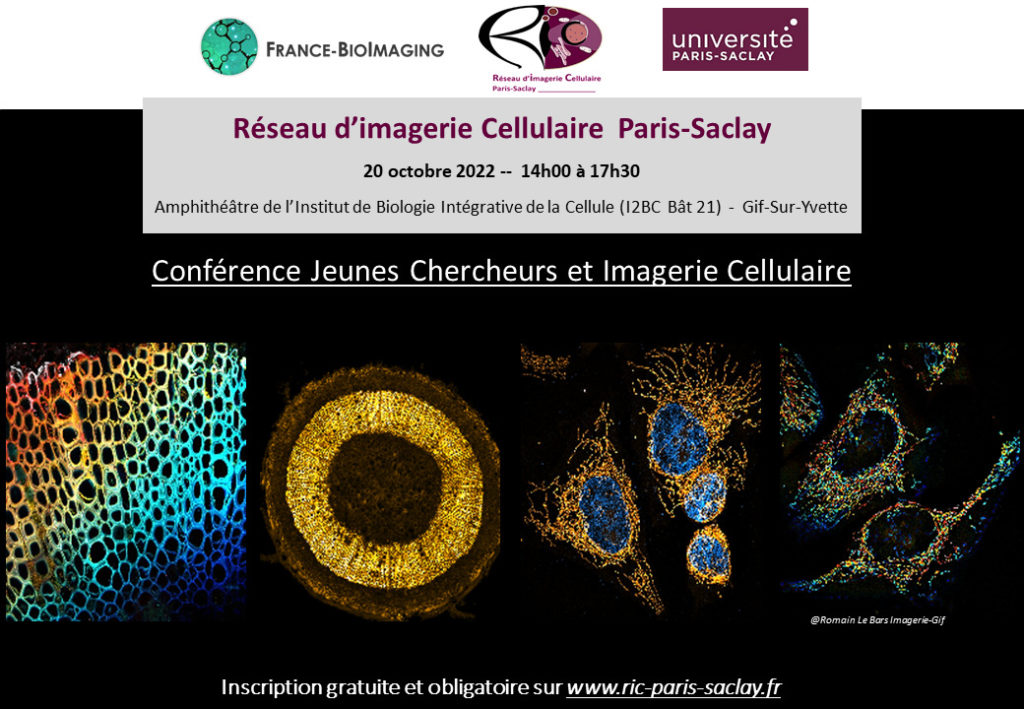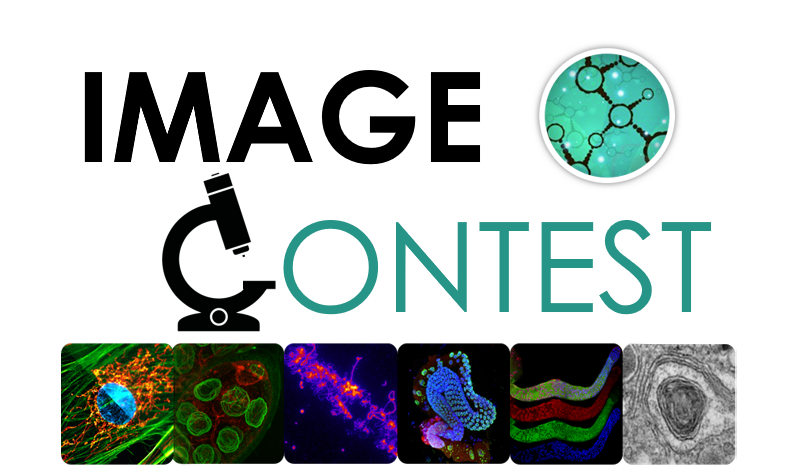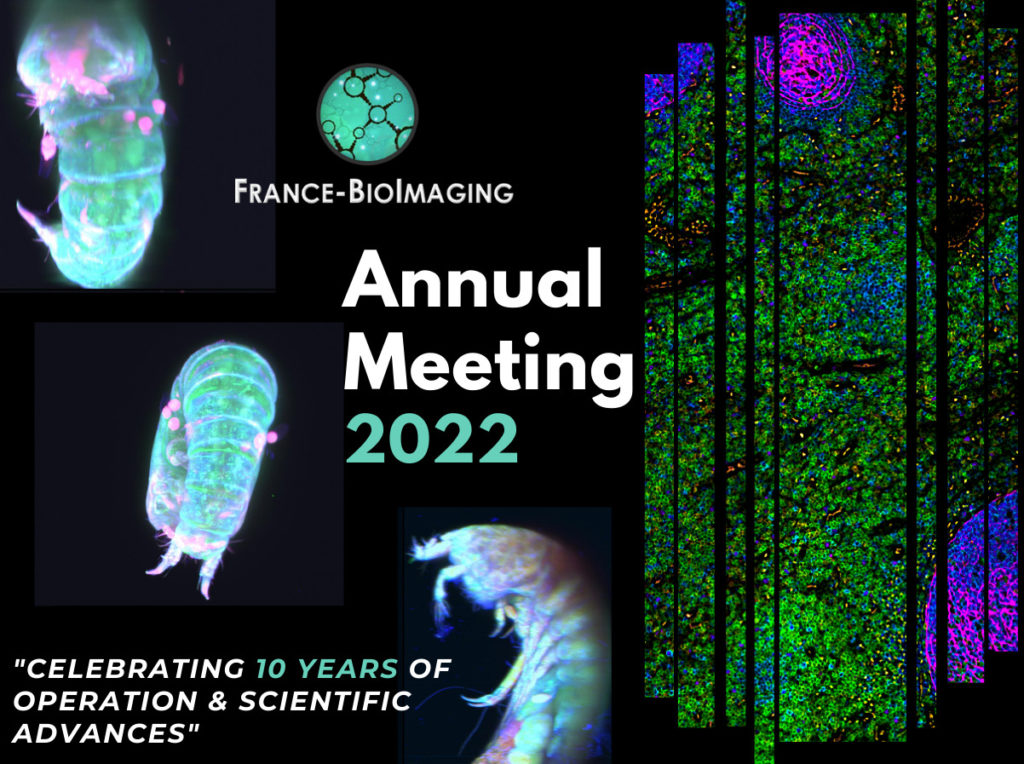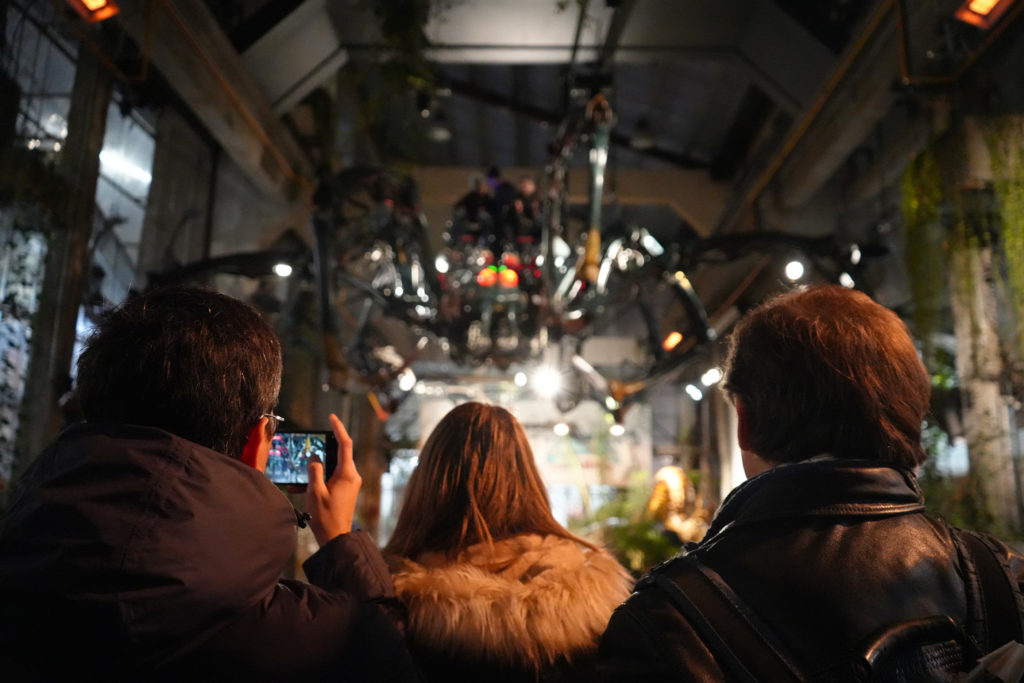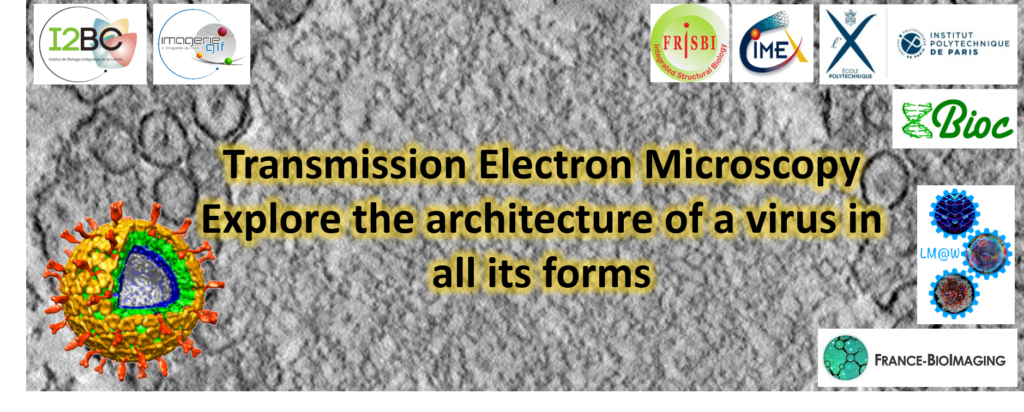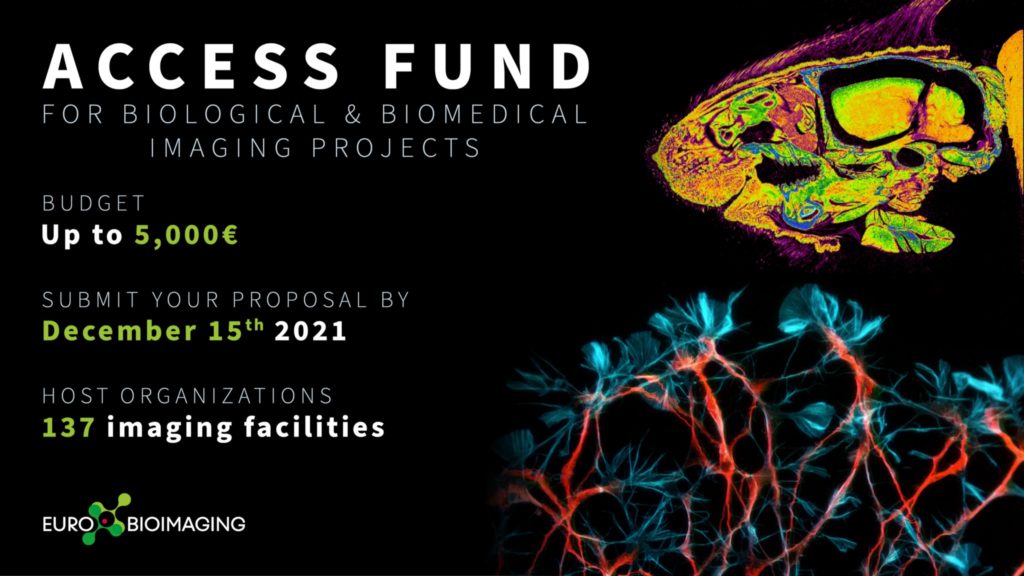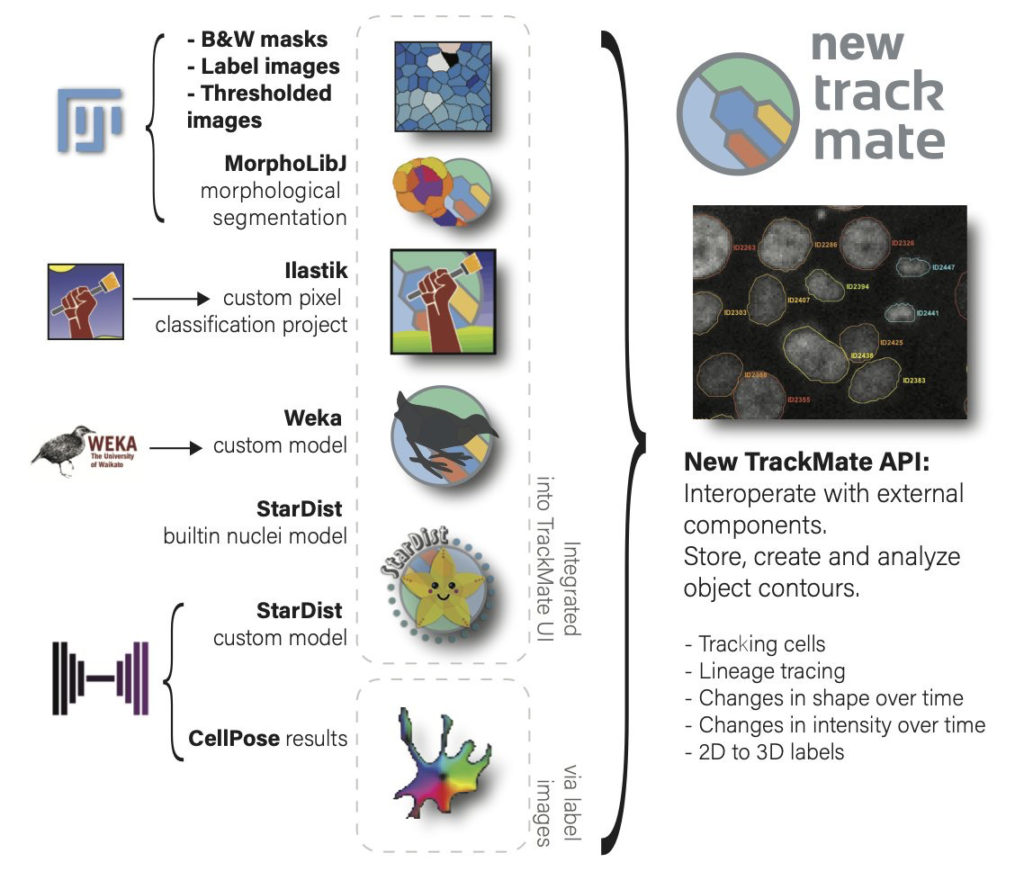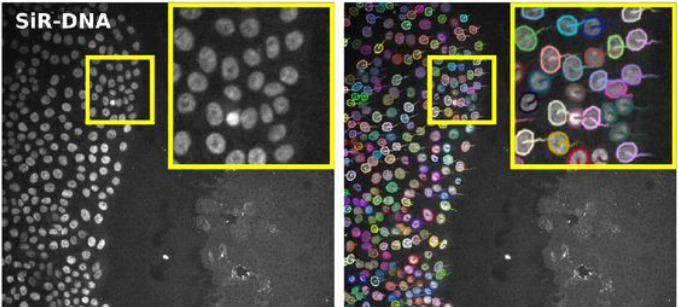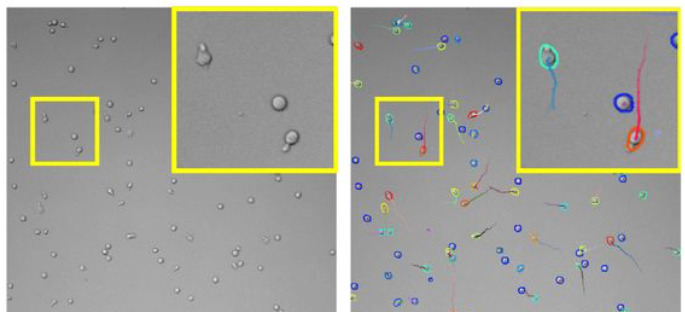Ranging in size from 20 microns to 1 milimetre, Meiofauna is a crucial link between micro- and macro- marine ecosystems. Valentin Foulon, a research engineer in marine biology, is part of the Blue Revolution program that aims to develop a taxonomic identification protocol for these tiny creatures. He approached the Bretagne-Loire node of France-BioImaging, in Nantes, where a Single Plane Illumination Microscopy (SPIM) light-sheet available in open access helped him to further reach his goal.
Valentin Foulon loves imaging and microscopy – and he loves meiofauna. He works on the Blue Revolution program, whose goal is to accelerate the taxonomic identification of meiofauna using artificial intelligence algorithms. But while the confocal-microscopy-based protocol worked well for small plankton, the researchers quickly realized that it had to be adapted to work with meiofauna.
Choosing the right microscopy approach
Identification of Meiofauna is usually operated manually on a classical microscope, which is “incredibly challenging” says Valentin. “And we only have one focal plane. To see important details, we need a 3D view of organisms.” explains Valentin. “That’s why we got curious about light-sheet imaging, because we would be able to see the organisms in 3D.” As France-BioImaging provides this type of microscopy in open-access in Nantes, “we clearly saw an opportunity there,” explains Valentin. His project proposal, which was submitted to the Euro-BioImaging pilot User Access fund, was fully funded by France-BioImaging, in a generous initiative introduced by France-BioImaging to fund all user projects to its facility received by Euro-BioImaging for the pilot User Access fund.
“I had never tried light sheet microscopy before,” says Valentin, “And in Nantes, the lab didn’t have experience with marine organisms. Together, we found a compromise between different imaging parameters such as the resolution or the acquisition time.” Once the set-up was fine-tuned, he sent his samples, and the engineer at the lab did the imaging work. “It was a very nice experience,” expresses Valentin. “I discovered a new technique, which is always enriching. I also think the lab was happy to work with a new sample type. And finally, we validated our proof-of-concept, proving that it is possible to image these organisms in 3D.
Image data management
But the project doesn’t end there. “The next step is data management. We imaged between 200-300 different organisms. It’s not enough for automatic classification, but nevertheless, we have 6-7 TB of data. Now we must process the data for this classification with machine learning. It’s an essential part of the project, to make the link between sample imaging, and data processing. We are working to close that gap.”
“The outcome of this project is to validate a proof-of-concept, from the sample collection to the image classification. With this new taxonomic identification protocol, we will be one step forward in the comprehension of meiofauna, these mysterious marine organisms, who may hold the key to understanding the impact of human activity on marine ecosystems,” concludes Valentin.
Thank you Marianna Childress, communication officer of Euro-BioImaging, for the original article.

